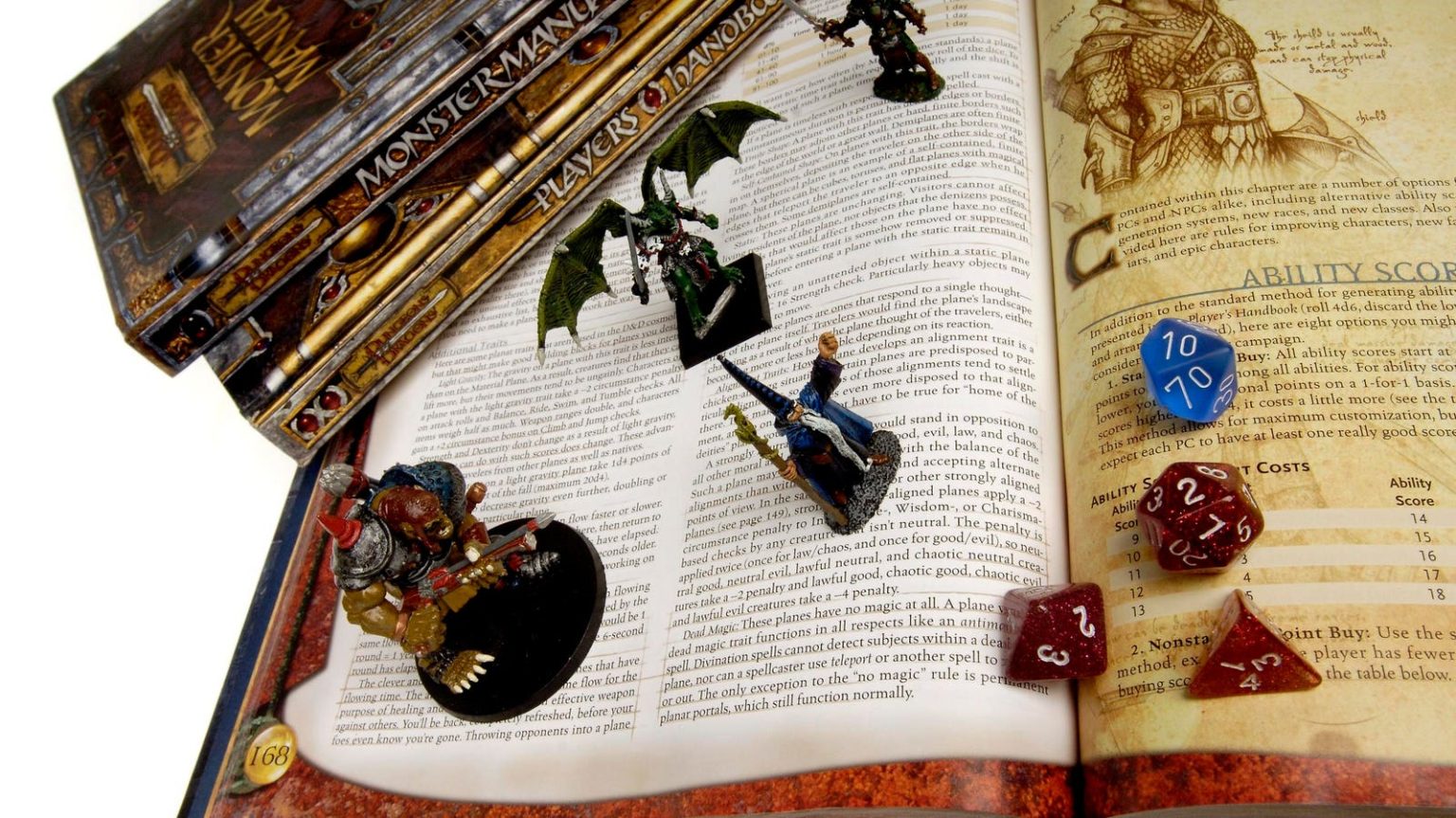Dungeons & Dragons (D&D), a fantasy role-playing game that has captivated players for over four decades, has transcended its initial purpose of entertainment and emerged as a potential tool with unforeseen applications in the evolving digital landscape and the post-industrial economy. Originally introduced in 1974, D&D pioneered the concept of a Dungeon Master (DM), a facilitator who shapes the narrative and guides players through immersive adventures. The game’s enduring appeal lies in its unique blend of collaborative storytelling, strategic decision-making, and social interaction. The latest edition of D&D, known as “5.5,” refines core gameplay mechanics and addresses some long-standing concerns, further cementing its position as a beloved pastime for both casual players and dedicated enthusiasts.
Beyond its entertainment value, D&D has caught the attention of tech giants like Meta, who are leveraging its rich source material to train generative AI models. While this approach offers potential benefits, such as enhanced creative writing and narrative generation, it also raises concerns about the potential for “hallucinations,” inaccuracies generated by the AI. These hallucinations, inherent in the architecture of large language models (LLMs), can manifest as factual errors or inconsistencies, highlighting the need for careful monitoring and mitigation strategies. The example of a druid transforming into an Owlbear, a creature outside the permissible transformations within the game’s rules, illustrates the kind of inaccuracies that can arise. The legal repercussions of AI-generated errors, as demonstrated by the Air Canada court case, underscore the need to address these issues responsibly.
Research into LLMs confirms that hallucinations are an inherent limitation, posing challenges for applications in sensitive domains like financial services. However, the emergence of Small Language Models (SLMs), trained on smaller datasets and tailored for specific use cases, offers a promising avenue for reducing hallucinations and improving accuracy. Furthermore, Deepmind’s research demonstrates the potential of combining search-based planning with LLMs to minimize hallucinations and enhance accuracy in board games, suggesting that similar approaches could be applied to other domains.
D&D’s influence extends beyond the realm of gaming, reaching into the nascent metaverse and offering potential solutions to societal challenges. As a precursor to the modern metaverse, D&D embodies the concept of a shared, interactive virtual space where individuals can engage in collaborative storytelling and social interaction. Furthermore, its ability to foster social capital, a crucial element for community well-being and economic prosperity, deserves attention. The erosion of social capital, as highlighted by Andy Haldane, contributes to a range of social ills, from declining economic growth to increased loneliness.
The success of Games Workshop, the company behind the popular tabletop game Warhammer, exemplifies the economic and social benefits of fostering communities around shared hobbies. While often perceived as niche interests, these activities provide platforms for social interaction, collaboration, and skill development, counteracting the trend of social isolation and promoting community engagement. D&D and similar games offer a tangible way to reconnect individuals, fostering cooperation and shared experiences in a world increasingly dominated by digital interactions. By encouraging face-to-face interactions and collaborative problem-solving, these activities contribute to the strengthening of social bonds and the revitalization of communities.
Given the recognized importance of AI strategy at the national level, the potential of D&D and similar games to address social and economic challenges warrants consideration. Just as governments are developing strategies to navigate the complexities of AI, there’s a growing need to recognize and support activities that promote social capital and community well-being. D&D, with its capacity to foster collaboration, creativity, and social interaction, could be a valuable tool in this endeavor. A national strategy incorporating such activities could complement efforts to develop AI responsibly, ensuring that technological advancements are balanced by investments in human connection and community resilience.

